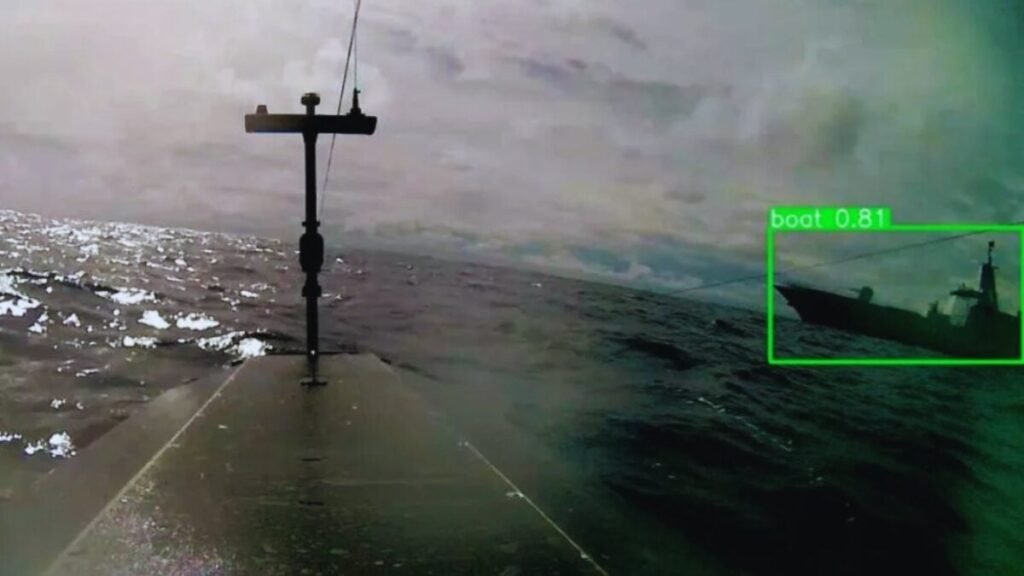A drone taking on an aircraft carrier: Spicing up tensions in the Indo-Pacific between the US and China

In a surprising turn of events, a maritime drone recently encountered China’s Liaoning aircraft carrier. This unexpected meeting underscores how autonomous systems are changing the game in the naval world.
### Naval Equation-Altering Technology
The Lightfish, a small solar-powered drone capable of long-term real-time surveillance, managed to capture images of the Nanchang destroyer and Liaoning aircraft carrier up close. This technology, costing significantly less than traditional surveillance methods, poses a new challenge for naval forces.
### The Clash Between Autonomy and Traditional Power
The ability of drones to gather intelligence may soon redefine maritime disputes, shifting the focus from the number of ships to the quality of information collected. China’s response to the drone’s presence highlights the strategic impact even a small unmanned platform can have.
The private sector also plays a crucial role in this new era of maritime intelligence. Images of the Liaoning were not obtained by the military, but by a private technological company, revealing a shift where civilian entities are now key players in gathering critical data.
In this evolving landscape, the distinction between civilian and military roles is becoming increasingly blurred. While the US celebrates the advancements of its technological allies, China faces the discomfort of being scrutinized by a cost-effective system that has exposed vulnerabilities in its naval power.







